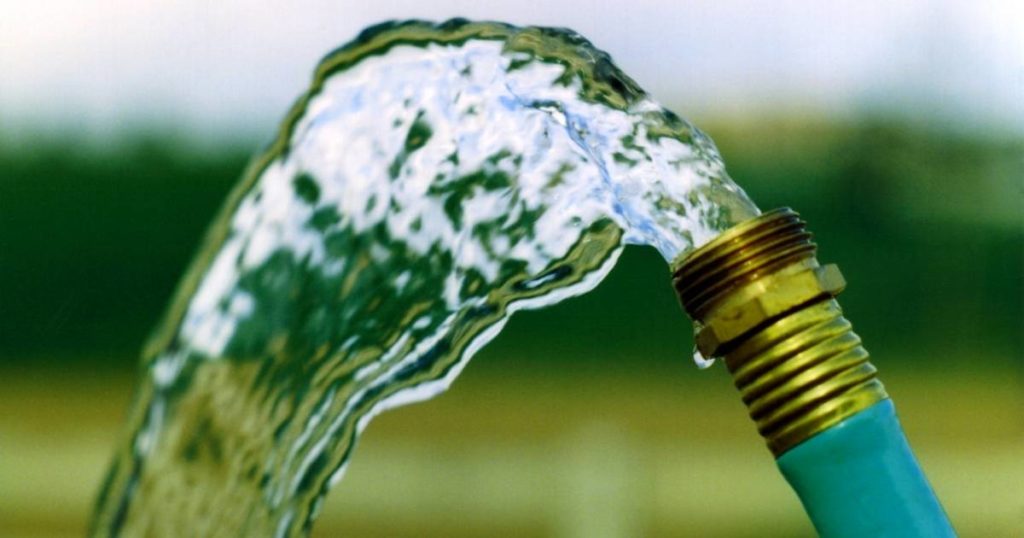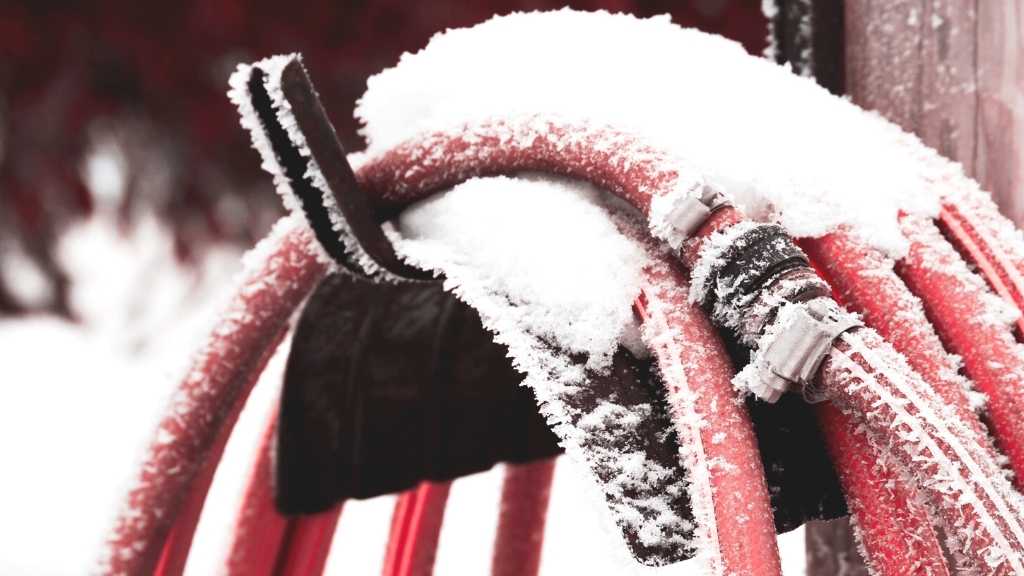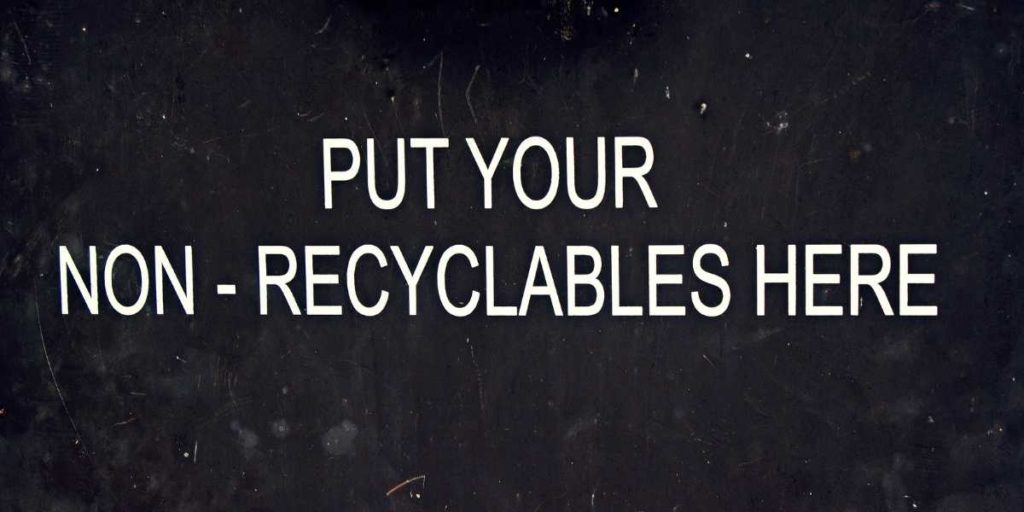Even if it seems easy, watering a garden can make you face situations and issues that you never thought or heard of in advance, and which you simply don’t know where to start fixing. Among these, we can definitely mention the water pressure issues.
Depending on what you use your water hose for, you might need a higher or lower water pressure. If your hose water pressure is perfect, you are among the lucky homeowners.
But what about the situations when the water pressure is just not working for your specific tasks? How can you adjust it?
If you want to either decrease or increase the water pressure into your garden hose, we got you covered! Continue reading to find out more details and cool tricks that you can try in order to solve the problem with little or no additional costs.
Assuming the hose is not damaged or tangled, and there are no visible leaking problems, you can increase water pressure in a garden hose by checking the pressure regulator. It is also known as the pressure reducing valve and it is installed next to the water meter, on the water pipe that supplies your outdoor water faucets.
Spin the pressure valve clockwise to increase the water pressure and counterclockwise to decrease the water pressure.
Another solution is to consider installing a water pressure booster system. Please consult a plumber before deciding if this is the right decision to take.
Installation of such a device should be done by authorized plumbing professionals.
But before any other action, always check first if the hose is not tangled, if there are no visible damages on the hose such as cracks or pinholes, and if there is no water leaking at the connection between the hose and the spigot.
Are Water Pressure Regulators Adjustable?
As mentioned above, the pressure regulators are also called pressure-reducing valves. No matter how you call them, the pressure regulators will reduce or increase the water pressure that is distributed from the pipe where they are installed to other secondary pipes or hoses.
Pressure regulators are installed on the main water pipes in the residential water systems, as a standard. Usually, you can see it right next to the water meters.
Most pressure regulators adjust the water pressure within a range of 25 to 75 PSI. You can decide the best water pressure to set for your water systems by spinning the valve of the pressure regulator clockwise to increase the pressure and counterclockwise to decrease it.
Why is PSI important? PSI stands for pounds per square inch, and it is the measurement unit for water pressure. The lowest the PSI, the lowest the pressure in a water pipe or hose. The average pressure in the residential water pipes is between 40 and 60 PSI. You can check the PSI in your pipes or outdoor faucets by using a pressure meter. The pressure meter can be called a pressure gauge by some people, but it is the same type of meter. Good water pressure for a garden hose is around 60 PSI.
How Can I have a Constant Water Pressure in My Garden Hose?
Constant water pressure is possible if you install a constant pressure valve in your water system.
The main factors that have an impact on the water pressure of a garden hose are:
- Water hardness – hard water can decrease the water pressure.
- General water demand in the neighborhood during specific periods of the day.
When the general consumption increases, the water pressure will decrease. For example, during the first hours of the day when the consumption is very high due to people preparing for work, there are high chances that the water pressure will decrease. While during late evenings, the opposite will happen. - Pressure regulators. Check the pressure regulator valve and see if it is set to a higher or lower pressure than what you need. Adjust the pressure by spinning the regulator valve.
- Garden landscape. If the surface you need to water is above the level of your water source, such as a small hill for example, then the water pressure in the hose might decrease.
- Other connectors are installed on the garden hose. The water pressure will be higher in a hose that has fewer fittings or connectors installed.
- Hose splitters. Some hose splitters might have preinstalled hose pressure regulators which can have an impact on the water pressure. Sometimes, hose splitters can reduce the water pressure in the garden hose.
- Water flow. Most people consider the water flow to be the same as the water pressure, but these terms are different.
In simple terms, water flow is the volume of water that can flow through a water hose, measured in GPM (gallons per minute). Water pressure is the force the water has while flowing through the pipes or hoses.
The flow rate and pressure are connected, as there can’t be any pressure without flow. Therefore, in some cases, your pressure meter might indicate a good water pressure even if you can see the pressure is not acceptable. The cause, in this case, might be the low flow rate.
How to Reduce Water Pressure in a Garden Hose

Up to this point, we covered the insufficient water pressure causes and fixes you can do, but the opposite can occur too.
What if you need to decrease the pressure in your garden watering system?
If the water pressure in your water pipes is higher than 100 PSI, it can cause serious damage to your watering system such as broken pipes, and broken fittings, and can be dangerous for the people using the water system.
If the water pressure in your garden hose is very high, you can risk breaking the plants while trying to water them. Another thing to consider is that more water is wasted when the pressure is too high.
The best solutions for reducing the water pressure in a garden hose are:
- Turning the pressure-reducing valve counterclockwise to reduce the water pressure in the outdoor faucet. This will decrease the water pressure in the garden hose.
- Installing a hose pressure regulator which automatically controls the water pressure that comes out from the water source pipe.
The hose pressure regulator is a small fitting that you connect to your outdoor spigot and then to the garden hose. It has the purpose to decrease the water pressure that comes from the pipes or outdoor spigot to around 50 PSI.
It protects the garden hose from suffering damage and increases the watering equipment lifespan. Additionally, it protects the plants in your garden, as high water flow can break them.
Conclusion
A garden hose not functioning properly is something that we would not want to face. When we do different chores outdoors, especially watering plants and water cleaning our patios, we need our garden hoses to have the correct water pressure for the job.
In this post, we detailed the quick fixes for both sides of the water pressure problem that you might experience when using a garden hose.
We hope you find your answer in this post, and in conclusion, no matter if your water pressure is too low or too high, there are quick solutions out there to help you fix your problem in both cases.



